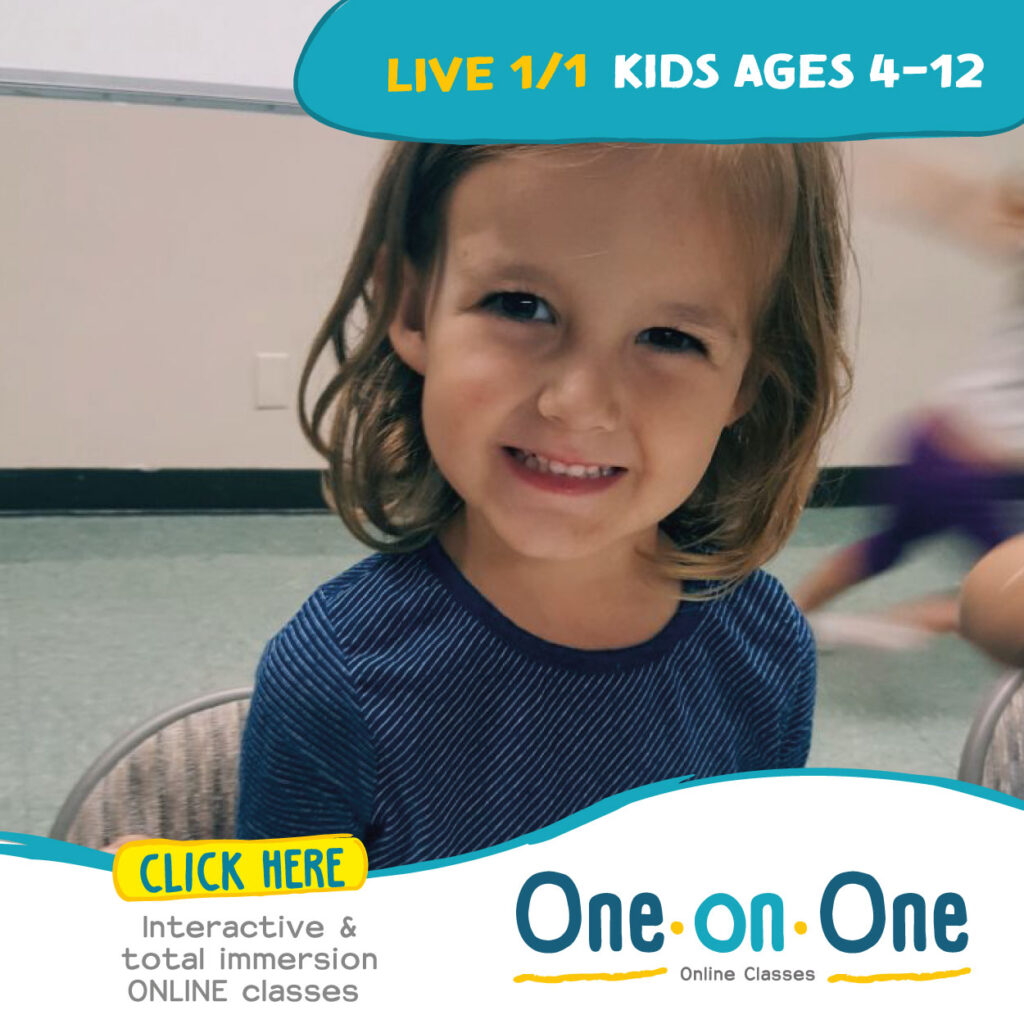The United States of America is often referred to as a “melting pot.” This metaphor aptly describes our society where people of different languages, cultures, and ethnicities live side by side, often ‘melting into’ (influencing) one another. In Los Angeles alone, an hour car ride will take you through various ethnic communities such as Little Armenia, Little Tokyo, Koreatown, Chinatown, Thai Town, Little India and more. Out of all the cultures in the United States, the Latino population is the largest ethnic minority, coming in at 19% of the population (approximately 1 out of 6 Americans). If you are on the fence about learning Spanish, weighing the time and effort it takes to learn a new language with the benefits of learning it, you may be asking yourself, “Just how useful is Spanish in the United States?”
Surprising Statistics
Let’s start with some surprising statistics of the Latino community in the USA:
- The “Latino” vote was a crucial factor that helped to determine the outcome of the 2004 and 2008 presidential elections.
- Hispanic households saw a continued increase in buying power from $213 billion in 1990 to $2.1 trillion in 2021. Latino households increased from 5% of the total consumer market in 1990 to 11.3% in 2021.
- The annual growth of the Latino community is expected to be 11.7%. If this trend continues, roughly 1 out of every 3 Americans will be a Spanish-speaker by 2050.
- Nearly all bilingual Latinos (97%) are currently passing down their language and culture or plan to pass them down to the next generation.
- For More Statistics, read Spanish Language in the USA
I’d say being able to speak the language that 1 out of 6 (and one day 1 out of 3) Americans speak is pretty useful. Learning Spanish in the United States will open up opportunities for:
1. Human Connection
From asking for directions to talking about deep themes of life, speaking Spanish with a native speaker very well may be the difference between a loose acquaintance and a meaningful, life-long friendship. A native Spanish speaker will respect and appreciate that you made the effort to learn their language. Even if it is only a brief interaction it will unite people from two different backgrounds. When you take the time to connect with someone in their own language, it will not only enrich you personally, but who knows the possibilities these interactions will lead to, what doors will open that would otherwise have remained closed?
2. Economic Advantages
Did you know that according to studies conducted by The Language Connection organization, 9 out of 10 U.S. employers rely on employees with language skills other than English? And 56% say their language demand will increase in the next 5 years? If you are looking for work, bilingualism (especially in Spanish) is a desirable and valuable characteristic in a person and will set you apart from the competition. If you are an employer or business owner, it would be wise to hire bilingual employees and integrate strategies to reach Spanish as failing to do so will cut out a huge demographic of customers.
3. Travel
You don’t have to travel outside of the United States to experience the Spanish language and culture. Considered the “birthplace of Los Angeles, California” Olvera Street is a colorful Hispanic marketplace lined with vendors, cafes, restaurants, and gift shops. On the other side of the country, Little Havana in Miami, Florida is a Cuban center with Latin American art galleries and restaurants. Latino communities are found scattered throughout the entirety of the United States, so why not learn Spanish and be prepared to ask and answer questions wherever you go?
If this article hasn’t convinced you to learn Spanish, then we encourage you to give learning Spanish a try for six months and then decide if you want to continue or not. With native Spanish-speaking teachers, fun activities, and the immersion method of education, there’s no better place to start than Cultural Bytes’ One-on-one language program. Online and In Person Classes also available for children!







